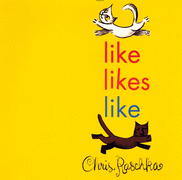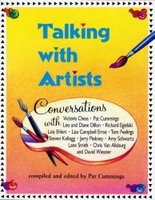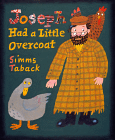BUBBA THE COWBOY PRINCE
 BIBLIOGRAPHY
BIBLIOGRAPHYHelen Ketteman. 1997. BUBBA THE COWBOY PRINCE. Ill. By James Warhola. NewYork: Scholastic Press. ISBN 0590255061 Reading level: 5 – 8
PLOT SUMMARY
In this Texas version of Cinderella, Bubba is the hero. The background is set in a ranch in Texas. Bubba is living with his wicked stepfather and stepbrothers, Dwayne and Milton. They boss Bubba around who is a weak and naïve character and therefore downtrodden by his stepfather and stepbrothers. Miz Lurleen who lives in the neighboring rancher is looking for a husband for herself “as cute as a cow’s ear”. One day, she invites all of the ranchers in Texas to her ranch, in order to find her companionship. Bubba’s stepfather won’t let him go to the ball. When frustrated bubba arrives at the cow pasture, Miz Godcow shows up. She swishes her tail and magically helps Bubba go to the ball wearing shiny boots, a dazzling shirt and white as salt Stetson. When the fairy godcow swishes her tail again, and steer magically turns into a beautiful white stallion. When Bubba arrives at the ball, he draws attentions from all of the people attending the ball, especially, from Miz Lurllen. When the clock strikes midnight, Bubba turns into a dirty and smelly cowboy again. In his rush to get out, bubba leaves one of his boots behind. Miz Lurleen’s finds the boot, and tries to find its real owner several times, finally, she finds bubba and proposes to him. As in any happy ending story, they live ‘happily ever after, roping, and cowpoking, and gitting them doggies along.’
CRITICAL ANALYSIS
This Texan version of the story has the same motif as the other Cinderella style of stories which is that “good triumphs over evil.” But, the gender of the hero is male and the cow plays the role of the fairy godmother in this story. The most attractive scene is when bubba ran away from Miz Lurleen when he turned back in to his usual appearance. The full moon seems to know the entire situation wearing deep embarrassment on its face and the fairy Godcow is watching it pathetically in a distance. The cow lumber off on the ground. Its face looks real, adding to the suspense. Its illustration is naturally tailored with the text. The cruel touch of oil painting enhances the character and backdrop adding the liveliness; Cactus, the ranch, the cowboy hat and boots, etc, all characters and stuffs are realistic. And the Texas dialect spread in the pages emphasizes the Texan style.
REVIEW EXCERPTS
BookList, 12/01/1997
“Ketteman wisely leaves the plot unchanged, but the story has a distinct western flair and a humorous tall-tale feel that is greatly enhanced by the exaggerated actions and facial expressions of the characters in Warhola's double-page-spread oil paintings.”
Publishers Weekly, 11/17/1997
“While spoofing Cinderella is not a new idea, Ketteman and Warhola's (Aunt Hilarity's Bustle) well-matched flair for hyperbole gives both the narrative and illustrations a one-two punch. Just the ticket for buckaroos lookin' fer a good read.”
CONNECTIONS
*Activity
This book may be used for the practice to fracture a story. Let children make another story based on this book and make their own book.
*Other twist version of books of Cinderella story.
Ellen Jackson Cinder Edna 0688162959
Shirley Hughes. Ella's Big Chance ISBN: 0689873999
Robert D. San Souci. Sootface ISBN: 044041363X
Alan Schroeder Smoky Mountain Rose ISBN: 0803717334





